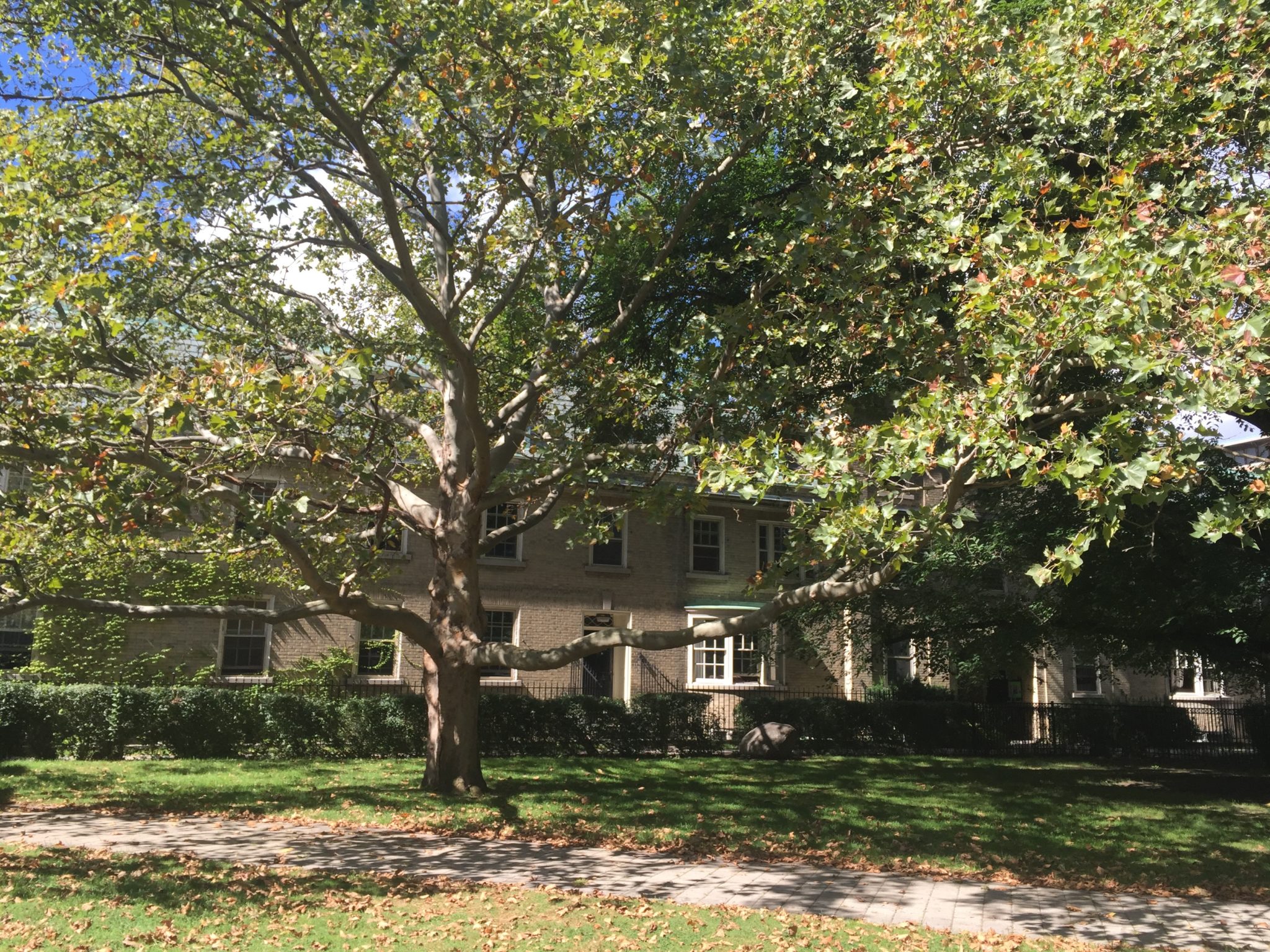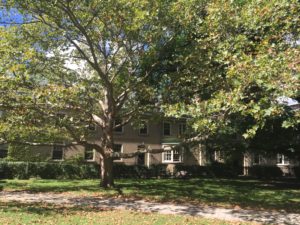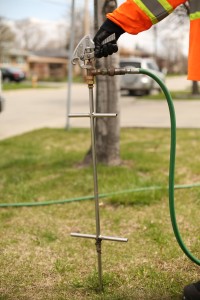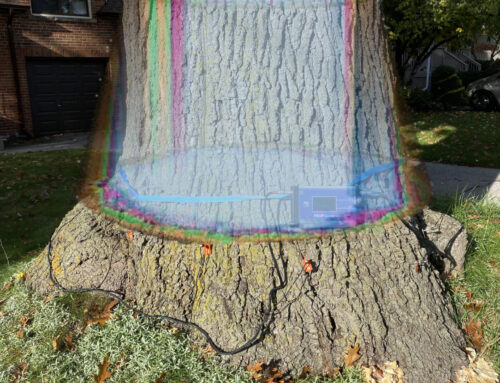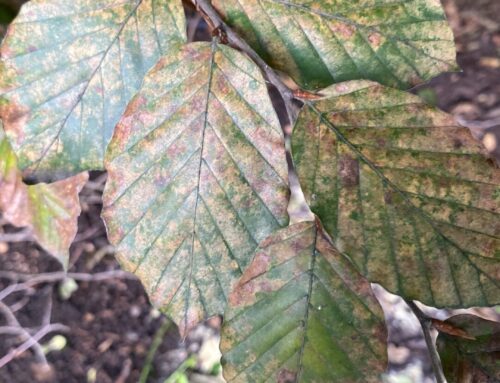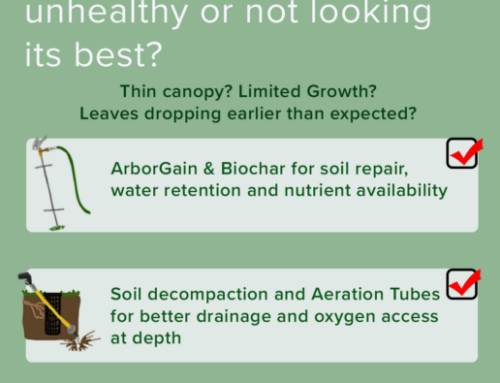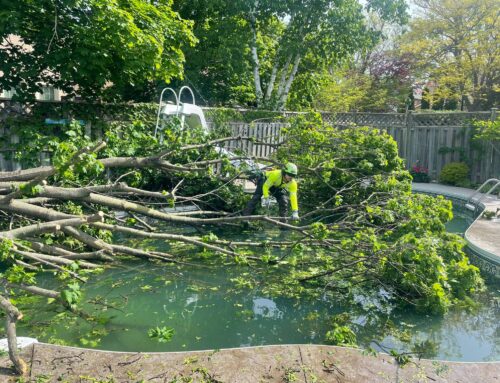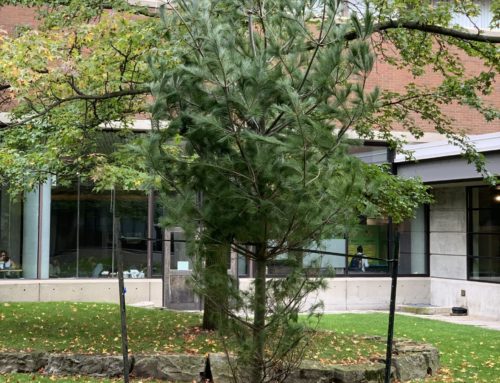A forest is a self-sustaining environment. Organisms in and above the soil work together to make nutrients available to trees and plants, and in return the vegetation provides food from organic matter. However, in an urban environment like Toronto: people, machines, animals, and infrastructure make this type of complicated ecosystem nearly impossible. Oftentimes, trees in disturbed areas do not have the necessary access to nutrients that are required for them to thrive.
There are 3 main types macronutrients that most plants need: Nitrogen, Phosphorus, and Potassium or N, K, P. While these nutrients are the main components for most industrial and household fertilizers, it is not enough to simply put these nutrients in contact with the roots. The issue with most trees in an urban environment is not the availability of nutrients in the soil but the ability of the roots to take up these nutrients and transport them through the tree. The inability to absorb nutrients results in dead branches, light coloured leaves because of insufficient chlorophyll, a “sick” appearance, and a reduced lifespan. In nature, these nutrients are released slowly through the decomposition of organic matter by several different types of organisms over time. These organisms also increase the trees absorptive capacity and the ability of the tree to use the nutrients effectively.
At Cohen and Master, our fertilizer is designed specifically for Toronto’s alkaline clay soil. It combines essential macronutrients with bio-stimulants and live biology. We inject slow-release, low-salt fertilizer (along with organic ingredients to improve the overall health of the soil ecosystem) into the ground around your tree.
Our intention is to create a sustainable soil system for the tree, not simply put product into the ground that cannot be absorbed. Improperly chosen and applied fertilizers increase salt content in the soil and, through osmosis, can damage the roots by drawing water out. If the fertilizers are quick-release, have a high nitrogen content, and are applied excessively to the surface of compacted clay soils that are common in Toronto, most of the product will run-off into sewers and waterways. Artificially high levels of nitrates and phosphates in marine ecosystems cause algae blooms that deplete local water sources of the oxygen and light needed by the organisms who live there.
While it is important to replenish the soil with necessary nutrients to maintain a healthy, beautiful tree, it is important to consider the whole ecosystem and prescribe a treatment that maximizes the benefits to the tree without causing damage to Toronto’s soil or water.
By: Rachael Kowaleski, BES
Consulting Arborist, Cohen & Master Tree and Shrub Services

